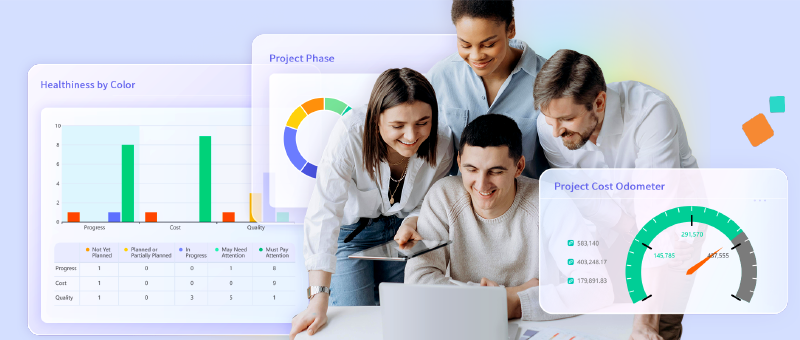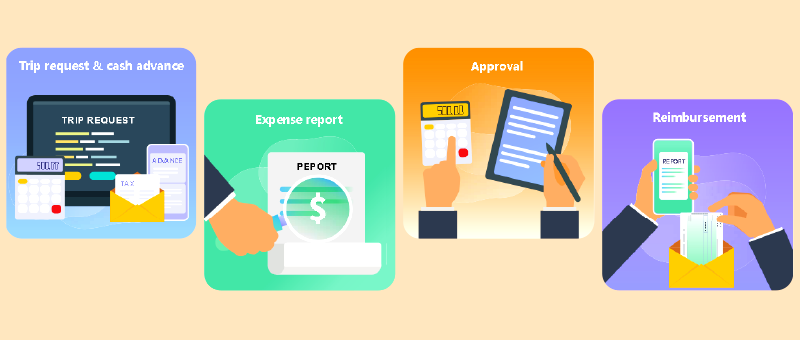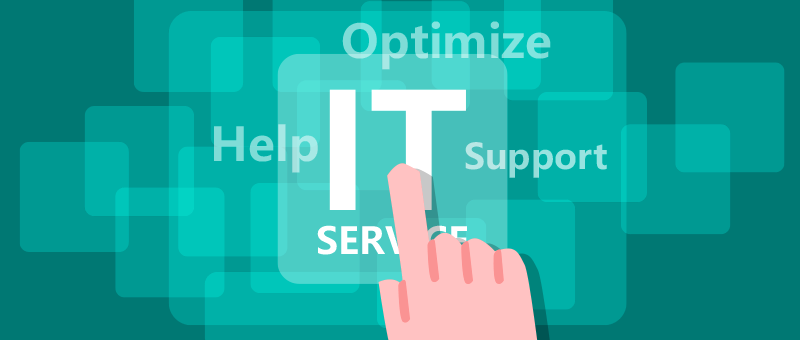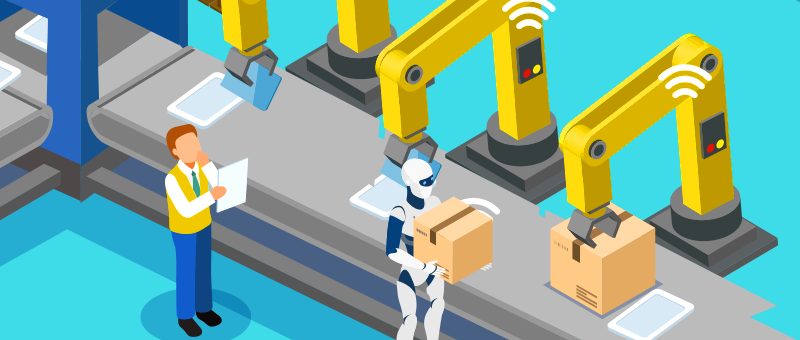Engineering Document Management

The workflows for engineering document management are to centralize an organizations dynamic and often complex engineering documents, drawings, and data, thereby replacing outdated, disparate, or manual systems. The goal is to provide a single, consistent source of truth that can streamline collaboration, facilitate compliance, ensure safety, simplify document version control, and ultimately lead to significant efficiency and ROI.
Who should use  EDMS for engineering document management?
EDMS for engineering document management?
Organizations that have the following pain points:
- Out-of-control physical/outsourced document storage costs
- Consistent data-related delays and inefficiencies
- Frustrating document search, updating, and retrieval processes
- Siloed and disconnected information makes it difficult to make data-driven decisions
- Security concerns and vulnerabilities
- Low disaster recovery capabilities
- Frequent human errors
How  EDMS can be used for engineering document management?
EDMS can be used for engineering document management?
 EDMS can be an essential component of your broader digital transformation. It can inform strategies and processes such as preventive maintenance and business process automation that will modernize your work environment.
EDMS can be an essential component of your broader digital transformation. It can inform strategies and processes such as preventive maintenance and business process automation that will modernize your work environment.
By centralizing disparate information and providing a simple tool for searching documents, completing work orders, maintaining compliance, and more,  EDMS can help your teams to:
EDMS can help your teams to:
- Secure their documents against security threats and compliance concerns
- Share all relevant information with the right people at the right time
- Simplify document organization and standardization while adding context to imported documents
- Consolidate and connect documents for bigger picture insight and operational improvements
 EDMS can also help your teams with the following:
EDMS can also help your teams with the following:
-
Document co-authoring --
 EDMS provides synchronized check-out and check-in workflows and allows multiple people to work together to create or update a single document with multiple versions.
EDMS provides synchronized check-out and check-in workflows and allows multiple people to work together to create or update a single document with multiple versions.
- Configure workflows -- Revision controls and approval processes will help you streamline workflow information like document type and the number of working copies. This can ultimately simplify collaboration and ensure everyone is working on the right page at the right time.
- Version control -- Automatic document version control and auditing help ensure that all versions and drafts of a document are accurately recorded and managed across different teams and devices. This type of content management can help regulatory compliance and ensure that all users have access to up-to-date, accurate information to maximize productivity and safety and ensure data integrity.
-
Mobile and multi-site capabilities -- In a COVID-19 world, organizations and team members are forced to work across facilities and devices more than ever before.
 EDMS offers cloud deployments and mobile capabilities to help ensure data integrity, content management, and document control across devices and locations.
EDMS offers cloud deployments and mobile capabilities to help ensure data integrity, content management, and document control across devices and locations.
-
Seamless integrations with CRM, SRM and PPM --
 EDMS can pull/push information from/to other systems such as CRM, SRM and PPM to ensure that your mission-critical data is always effectively tracked, recorded, and synchronized into a single source of truth.
EDMS can pull/push information from/to other systems such as CRM, SRM and PPM to ensure that your mission-critical data is always effectively tracked, recorded, and synchronized into a single source of truth.
What are the minimum benefits of using  EDMS for engineering document management?
EDMS for engineering document management?
The minimum benefits of using  EDMS include:
EDMS include:
- Keep your organization’s mission-critical documents up-to-date
- Decrease document search time
- Allow access from PC or mobile devices anywhere
- Ensure secure and accurate access
- - Documents are only accessed by the people with the proper privileges within the permissive period
- - Ensure access to the most up-to-date version or the previous version explicitly specified by the user
- - Nonerasable audit trail
- Eliminate paper printouts and manual processes
- Fewer costly human errors
What are the additional benefits of using  EDMS for engineering document management?
EDMS for engineering document management?
 EDMS can provide you with a 9000 feet view of how documents are being used and how well your document-driven processes are working. You can use this insight to reward employees, restructure processes, and drive ROI.
EDMS can provide you with a 9000 feet view of how documents are being used and how well your document-driven processes are working. You can use this insight to reward employees, restructure processes, and drive ROI.
























































































































